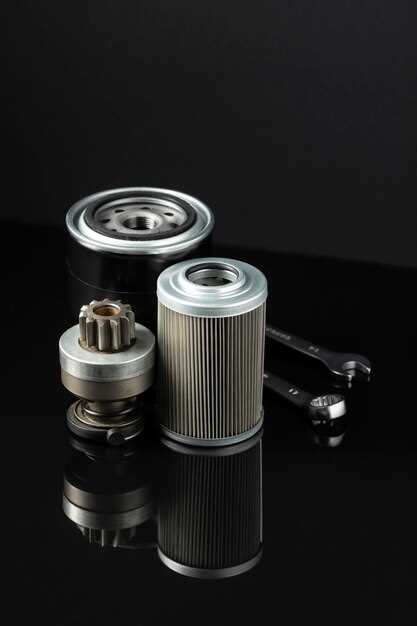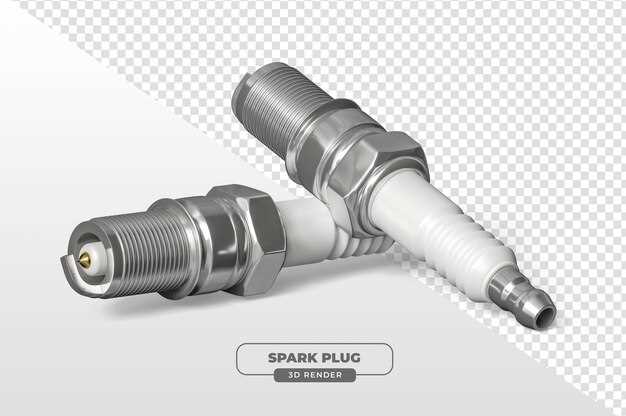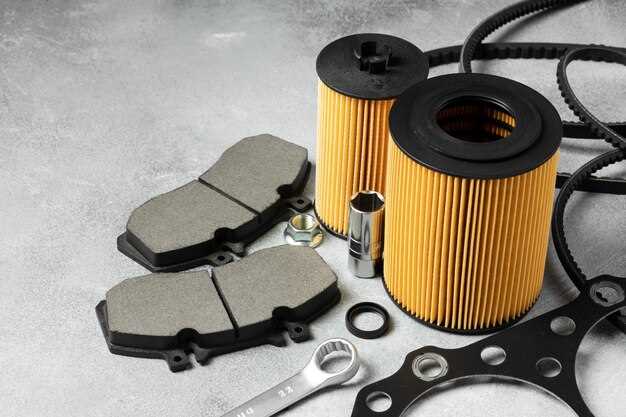
When it comes to maintaining or repairing a vehicle, one of the critical decisions car owners face is whether to choose OEM (Original Equipment Manufacturer) parts or aftermarket parts. Understanding the key differences between these two types of engine components is essential for making an informed choice that impacts both performance and longevity.
OEM parts are designed and manufactured by the vehicle’s original manufacturer. These parts are made to the exact specifications of the original components, ensuring compatibility and reliability. This choice is often perceived as a safe bet for preserving the vehicle’s integrity and resale value. In contrast, aftermarket parts are produced by third-party manufacturers, which can result in a wider variety of options and potentially lower prices. However, the quality and compatibility of these parts can vary significantly.
This article will delve into the fundamental differences between OEM and aftermarket engine parts, analyzing aspects such as quality, cost, warranty, and availability. By examining these elements, we aim to provide clarity on which option may be the best fit for your vehicle’s needs, driving habits, and budget considerations.
Quality Assessment: OEM Parts vs Aftermarket Options

When it comes to engine parts, quality is a paramount consideration for both performance and longevity. OEM (Original Equipment Manufacturer) parts are produced by the vehicle manufacturer’s designated suppliers, ensuring that they meet specific standards and specifications. These parts are designed to fit seamlessly into the vehicle, providing consistent quality that is often backed by warranties.
In contrast, aftermarket parts are produced by third-party companies and can vary widely in quality. While some aftermarket options may be engineered to match or exceed OEM specifications, others may cut corners to reduce costs, leading to inferior performance or fitment issues. It’s crucial for consumers to research and choose reputable aftermarket brands that prioritize quality control.
One key aspect of quality assessment is the materials used in production. OEM parts typically utilize the same materials as the original components, which are rigorously tested for durability. Aftermarket manufacturers may use alternative materials that could compromise longevity under certain conditions.
Moreover, consistency in manufacturing is another important factor. OEM parts undergo strict quality assurance processes, reducing the likelihood of defects. Conversely, the variability in production standards among aftermarket suppliers means that owners might encounter inconsistent quality in parts purchased from different sources.
Ultimately, the choice between OEM and aftermarket parts hinges on the desired balance of cost and quality. While OEM parts tend to provide greater reliability, some aftermarket options can offer excellent value and performance, provided they are sourced from trustworthy manufacturers. Understanding these differences plays a vital role in making informed decisions that impact vehicle maintenance and performance.
Cost Implications: Analyzing the Price Difference
The price of engine parts can vary significantly between OEM (Original Equipment Manufacturer) and aftermarket options, and understanding these differences is crucial for consumers. OEM parts are typically more expensive due to their guaranteed compatibility, quality assurance, and the brand reputation that accompanies them. Since these parts are manufactured by the same company that produced the original components in the vehicle, they often come with a higher price tag reflecting the investment in research, development, and quality control.
In contrast, aftermarket parts are usually priced lower than their OEM counterparts. This cost reduction can be attributed to the variety of manufacturers producing these parts, which increases competition and lowers prices. Aftermarket options can also provide a broader range of pricing based on quality, with some manufacturers focusing on budget-friendly products that may not match the performance or longevity of OEM parts. However, consumers should be cautious, as lower prices can sometimes lead to poorer quality, which may result in more frequent replacements and potentially higher long-term costs.
When evaluating the cost implications, it is important to consider not just the initial purchase price but also the total cost of ownership. While aftermarket parts might seem economical upfront, their durability and reliability can impact performance, leading to additional maintenance and replacement costs. Conversely, investing in OEM parts may prove advantageous in the long run by providing better performance and potentially reducing the risk of future repairs. Therefore, the decision should be based on a thorough analysis of both immediate and future financial implications, as well as the specific needs and expectations for vehicle performance.
Compatibility and Warranty Considerations in Engine Parts

When selecting engine parts, compatibility and warranty are crucial factors that can significantly impact performance and longevity. Understanding these aspects can help consumers make informed decisions and avoid potential pitfalls.
Compatibility refers to how well an engine part integrates with the existing components of a vehicle. OEM parts are specifically designed to match the exact specifications of the original engine, ensuring a precise fit and optimal performance. They are manufactured by the same company that produced the original parts and undergo rigorous testing for quality assurance.
In contrast, aftermarket parts may vary widely in quality and compatibility. Some aftermarket products are designed to be interchangeable with OEM parts, while others may be generic replacements that do not meet industry standards. It’s essential to verify whether an aftermarket part is compatible with your vehicle’s make and model, as improper fitment can lead to performance issues or potential damage.
Another essential aspect to consider is the warranty coverage associated with engine parts. OEM parts typically come with a manufacturer’s warranty, which guarantees their performance and provides consumers with peace of mind. This warranty often covers defects in materials and workmanship, allowing for repairs or replacements within a specified timeframe.
In contrast, aftermarket parts may offer varying levels of warranty coverage, depending on the manufacturer. Some reputable aftermarket brands provide warranties comparable to OEM, while others might not offer any warranty at all. Before purchasing, it is vital to read the warranty details and understand what is covered to ensure adequate protection against potential failures.
In summary, compatibility and warranty considerations are significant when selecting engine parts. While OEM parts guarantee a perfect fit and warranty protection, aftermarket parts may vary in quality and support. Performing thorough research and consulting with professionals can help secure the right choice for your engine’s needs.


